Techniques
Overview
We are a synthetic inorganic chemistry group with an interest in a broad range of research topics (rigid ligands in f-element chemistry, Lewis acid appended transition metal complexes, manganese silylene and silene chemistry, and ALD-focused research). Students in the group are therefore exposed (through their own research or the research of others in the group) to various aspects of ligand design/synthesis and actinide, lanthanide, transition metal and main group chemistry. The majority of this work is highly air sensitive, so the laboratory is set up to handle complexes at the extreme of air sensitivity.
Complexes prepared in the group are investigated using an array of techniques. NMR spectroscopy, single crystal X-ray crystallography and elemental analysis are used in almost all cases. Powder X-ray diffraction, cyclic voltammetry (CV), NIR, IR and UV-Visible spectroscopy, and DFT calculations are also used routinely, where applicable. Thin films are also characterized by XRD, VASE, SEM, AFM, XPS etc. A more complete list of techniques (with more details) is provided below:
Synthesis
- Vacuum line techniques for air-sensitive inorganic synthesis.
- Glove box techniques for handling air sensitive complexes. For information on some specialized glove box applications, see here.
- Organic synthesis (ligand and reagent synthesis, catalysis).
X-ray Diffraction
- Single crystal X-ray crystallography (most graduate students learn to mount their own crystals and solve their own structures - new dual source X-ray diffractometer in 2022!)
- PXRD (powder X-ray diffraction)
Spectroscopy and Analytical Techniques
- NMR spectroscopy: Multinuclear (1H, 2H, 11B, 13C, 19F, 29Si, 31P, 195Pt etc.), VT, and 2D (COSY, HSQC, HMBC, NOSY, EXSY).
- EPR spectroscopy (for selected paramagnetic compounds).
- Magnetic measurements: (a) SQUID magnetometry in the McMaster Cryogenic Characterization Facility of the BIMR at McMaster, and (b) Evans solution magnetic measurements.
- UV-Visible, near-IR, IR spectroscopy.
- Solution Electrochemistry (primarily cyclic voltammetry) conducted under inert-atmosphere conditions (new potentiostat in 2021!).
Thin Film Deposition
- ALD Reactors: Our first home-built ALD reactor was completed in 2016. Another two were constructed in 2019-2021 (click here for images). Our 4th ALD reactor was added in 2022.
- QCM (Quartz Crystal Microbalance): One of our ALD reactors is equipped with a heated QCM for in-situ studies of film growth (e.g. to determine which steps result in mass gain/loss, and to compare relative growth rates (GPCs) under different conditions (e.g. temperature, pulse lengths, and purge durations).
Computational Studies
- DFT calculations (e.g. geometry optimization, fragment interaction calculations, Atoms in Molecules). We primarily run calculations aimed at better understanding the bonding involved in unique metal complexes. Some calculations are carried out by academic collaborators.
Other Techniques
- TGA and DSC; studies are currently performed by an extrernal facility which has this equipment within an inert-atmosphere glovebox.
- VASE (Variable Angle Spectroscopic Ellipsometry) - this technique is used to rapidly determine the thickness of non-metallic films deposited by ALD.
- SEM, AFM, and XPS: these techniques are used to characterize thin films prepared in the ALD project. Some students and PDFs run their own AFM, but for SEM and XPS, we submit samples for testing by staff of the appropriate facility.
- XRR (X-ray reflectivity): starting in 2022, we will have access to state-of-the-art XRR equipment within the X-ray facility at McMaster. This will provide a valuable additional tool to determine the thickness of films deposited by ALD.
Major equipment in the Emslie group2 x Single-station MBraun glove boxes with -35 oC freezers (2 x MBraun) 2 x Double-station glove boxes with -35 oC freezers (1 x MBraun, 1 x IT) Double manifold argon/vacuum lines (10 on benches, 4 in fume hoods) with Chemglass valves and associated glassware 4 ALD reactors (2 with connections to a broad range of gases; 1 with QCM). Inert atmosphere electrochemistry setup (with the capability to perform low temperature and high scan rate measurements): Pine Research WaveNow Wireless Potentiostat, Pt, glassy-carbon and Au electrodes etc. Photochemical Reaction Assembly (ACE Glassware) with Quartz glassware, 450 W Power supply, Medium pressure mercury vapour lamp (450 W) with water-cooled quartz immersion well, and Photochemical reaction safety cabinet 4 Point Probe for Resistivity Measurements (Jandel Engineering) Centrifuges within two of the gloveboxes. |
Departmental and BIMR FacilitiesThe departmental facilities at McMaster are essential to our research. The Brockhouse Institute for Materials Research (BIMR) is also a valuable resource which is located in the same building as the Department of Chemistry. The BIMR was one of the first materials research institutes in North America and is equiped with a range of instrumentation (e.g. SQUID magnetometer, AFM, SEMs etc.) to which researchers in chemistry have access. Additionally McMaster's Centre for Emerging Device Technology (CEDT) houses various infrastructure for thin film deposition in characterization, including a Variable Angle Spectroscopic Ellipsometer (VASE) which we use frequently. For additional information, click on the links below:
|
Emslie Laboratory Pictures
Our new lab space (renovations completed 2019):
Emslie Group's first ALD Reactor (2015)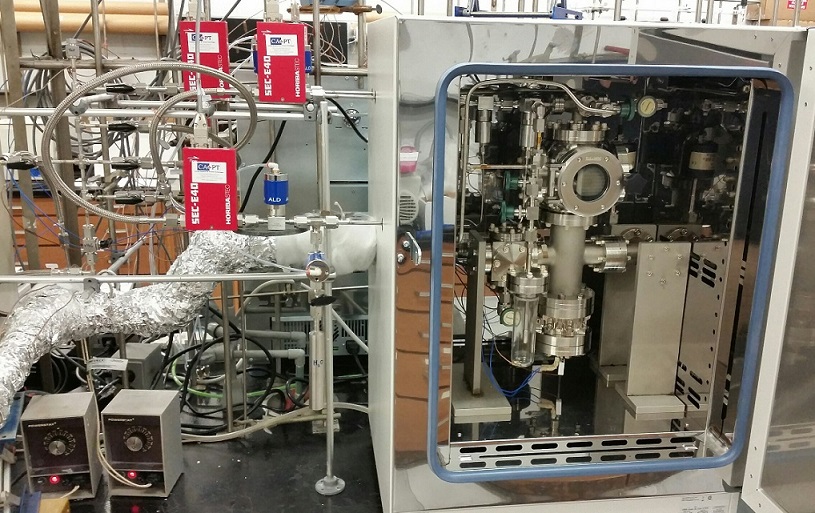 |
|
Brad Cowie using a swivel frit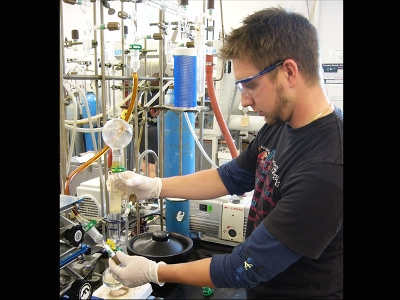 |
Metal Deposition in Solution Screening Reaction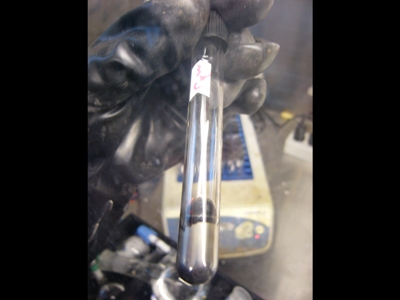 |
Kelly Motolko using the large glove box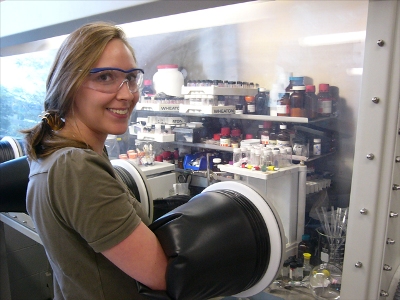 |
Synthesis of PtCl2(COD) via H2PtCl6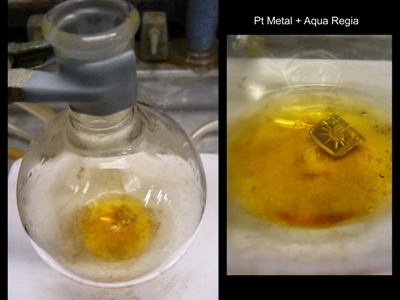 |
Kris Kolpin using the lab 'super computer'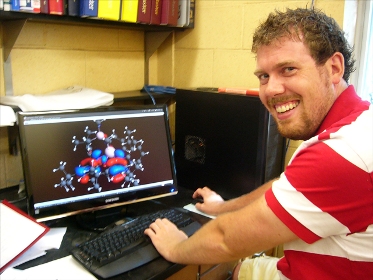 |
Quenching 50g Scale 9,9-Dimethylxanthene Prep |
Carlos Cruz working at his Vac Line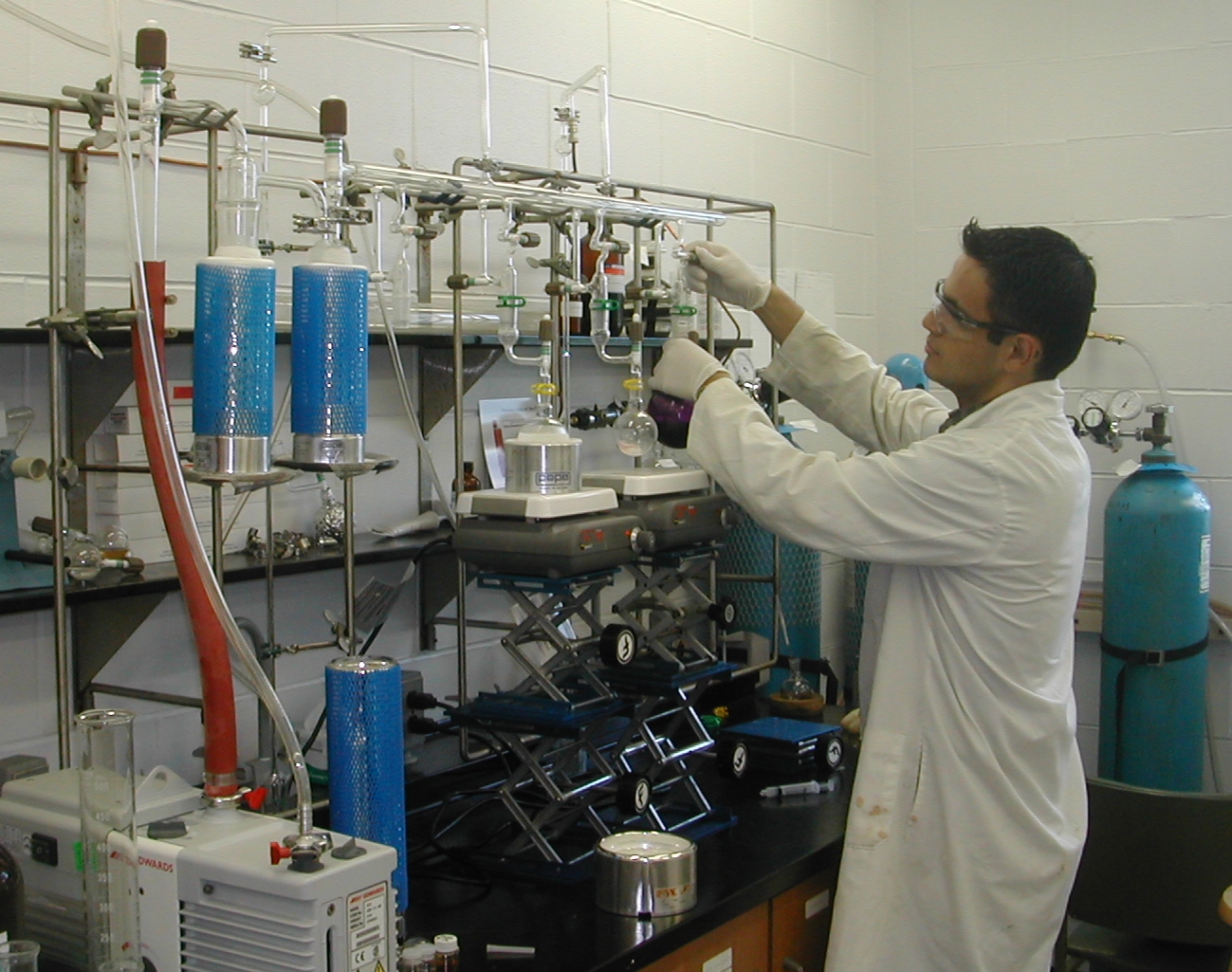 |
James Blackwell using one of the Vac Lines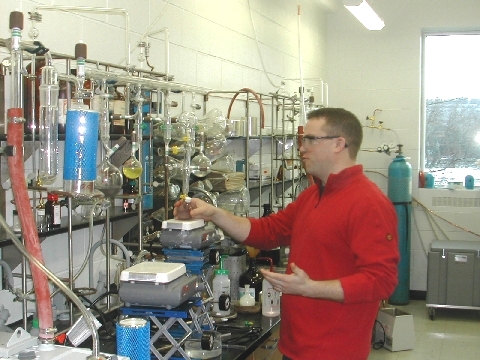 |
Emslie working in the Electrochemistry Glove Box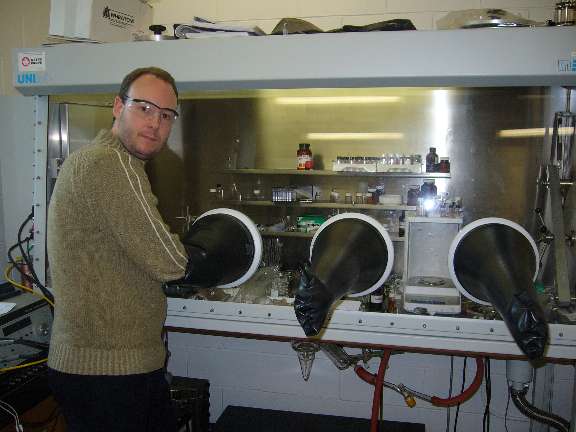 |
Carlos doing Air-Free Electrochemistry |
Carlos Cruz running our GC-MS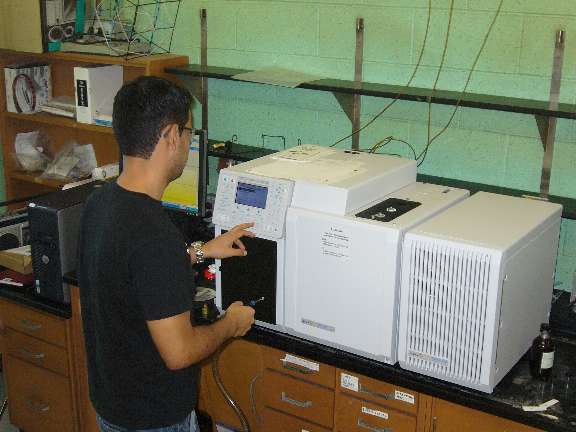 |
Synthesis Glove Box with assorted N2(l) Dewars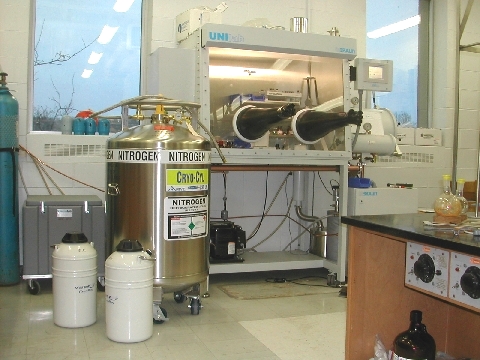 |
View down the lab towards the 2 glove boxes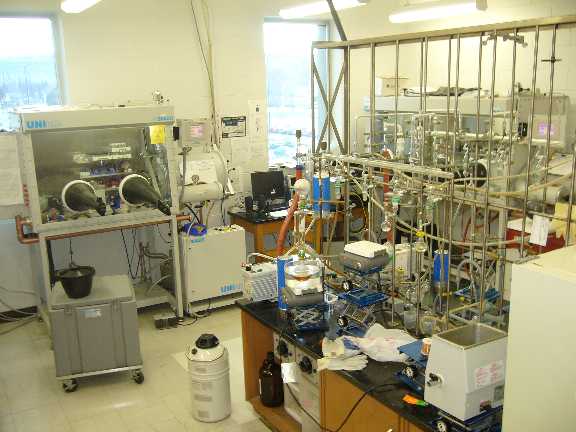 |
Carlos purifying a starting material in a swivel frit |

